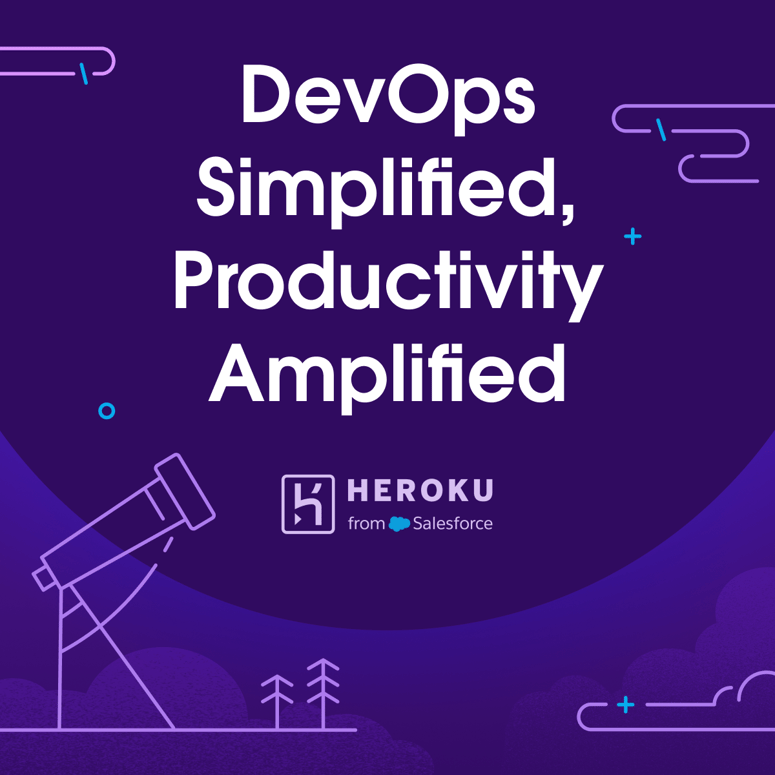Virtual Reality (VR) has transformed from a futuristic concept to a rapidly evolving technology that connects people in ways we never imagined. As VR game development continues to push boundaries, one of the most exciting and challenging frontiers is creating seamless cross-platform multiplayer experiences.
The Complex Landscape of VR Multiplayer Gaming
Imagine a world where friends can play together regardless of their VR headset or gaming platform. Sounds perfect, right? Unfortunately, the current VR ecosystem is far from this ideal. The market is fragmented, with multiple devices and platforms creating significant barriers to truly interconnected virtual experiences.
The Fragmentation Challenge
Different VR platforms come with their own unique characteristics:
- Oculus Quest offers standalone mobile VR experiences
- SteamVR provides high-end PC-based virtual reality
- PlayStation VR caters to console gamers
- Mobile VR solutions continue to expand accessibility
Each platform brings distinct hardware specifications, controller designs, tracking systems, and performance capabilities. This diversity makes creating a unified multiplayer experience extraordinarily complex.
The Core Challenges in Cross-Platform VR Development
1. Hardware Diversity
Every VR headset has its own technological ecosystem:
- Different controller configurations
- Unique tracking technologies
- Varied input mechanisms
- Inconsistent performance capabilities
Developers must design games that feel natural and responsive across these diverse platforms, ensuring a consistent user experience.
2. Network Synchronization
Multiplayer VR demands near-perfect technical synchronization. Even milliseconds of delay can break immersion and cause motion sickness. Developers must solve intricate networking challenges:
- Minimizing latency
- Ensuring smooth player movements
- Handling potential network interruptions
- Maintaining consistent game states
3. Input Standardization
With controllers ranging from Oculus Touch to HTC Vive controllers, PlayStation Move, and mobile VR touch interfaces, creating a universal input system is like solving a complex puzzle.
Innovative Solutions Emerging in VR Game Development
Abstraction and Flexibility
Forward-thinking developers are creating sophisticated abstraction layers that normalize hardware capabilities. This approach involves:
- Developing universal input mapping systems
- Creating platform-agnostic networking protocols
- Implementing adaptive rendering techniques
Intelligent Networking
Advanced networking strategies are crucial for seamless multiplayer experiences:
- Predictive movement algorithms
- Client-side prediction techniques
- Advanced interpolation methods
- Intelligent network compression
Design Principles for Cross-Platform Success
- Universal Design: Design for the most common denominator
- Flexible Controls: Create adaptable control schemes
- Performance Optimization: Prioritize smooth experiences over graphical complexity
- Consistent User Experience: Maintain a uniform feel across platforms
The Role of Game Engines
Major game development platforms like Unity and Unreal Engine are continuously improving their VR tools:
- Simplified cross-platform deployment
- Enhanced networking capabilities
- Improved hardware abstraction
- Advanced performance optimization techniques
Emerging Technologies Breaking Platform Barriers
WebXR and Cloud VR
New technologies are challenging traditional platform limitations:
- Web-based VR experiences
- Cloud rendering capabilities
- Platform-agnostic multiplayer frameworks
- Improved accessibility across devices
The Future of Cross-Platform VR Multiplayer
The VR landscape is rapidly evolving. We can anticipate:
- More standardized input methods
- Advanced network synchronization
- Improved hardware compatibility
- More sophisticated cross-platform development tools
Challenges for Developers
Developers must become:
- Technical innovators
- User experience experts
- Performance optimization specialists
- Cross-platform integration architects
Economic and Social Implications
Cross-platform VR multiplayer isn't just a technical challenge—it's a step towards more inclusive digital experiences. By breaking down platform barriers, we create:
- More accessible gaming experiences
- Broader social connections
- Innovative collaborative environments
- New forms of digital interaction
Conclusion
Cross-platform VR multiplayer development represents a frontier of technological innovation. While challenges remain significant, the potential for creating truly connected virtual experiences is immense.
As hardware becomes more standardized and networking technologies improve, the dream of seamless, platform-agnostic VR multiplayer will become increasingly achievable.




Top comments (0)